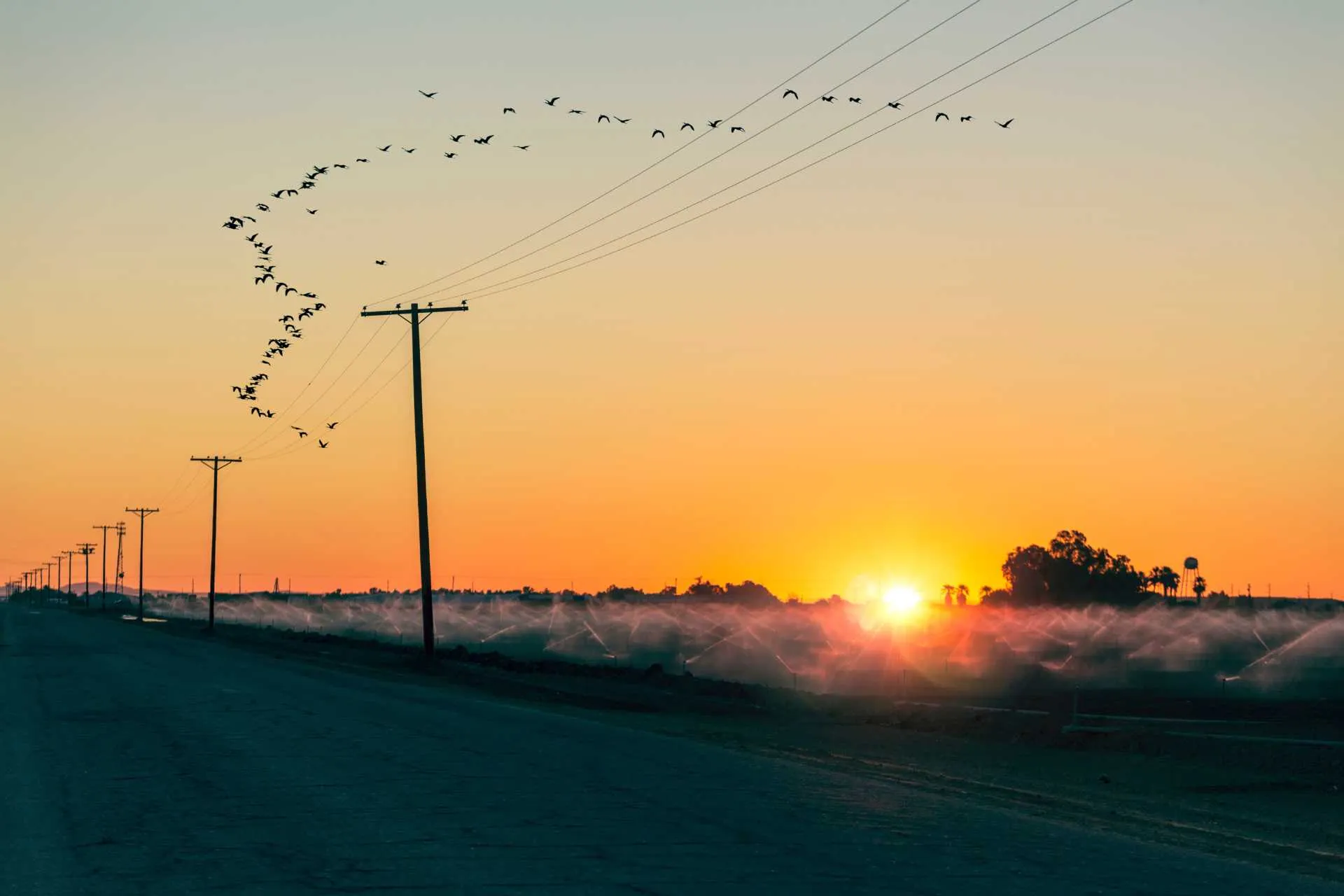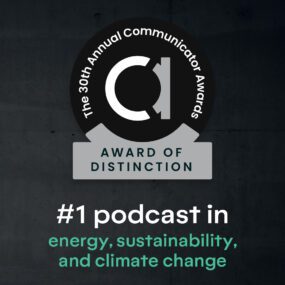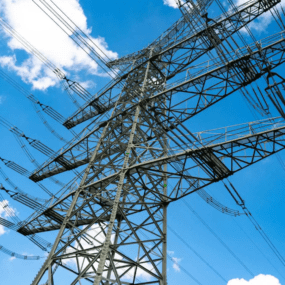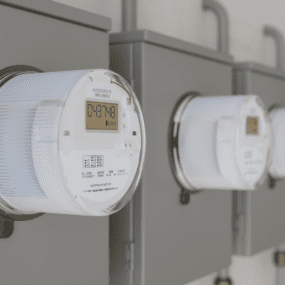Why a rural electric co-op in New Mexico wants green hydrogen
The Kit Carson Electric Cooperative pushes hard toward 100% zero-carbon, supplemented with hydrogen produced at a Superfund site.

The Kit Carson Electric Cooperative pushes hard toward 100% zero-carbon, supplemented with hydrogen produced at a Superfund site.

Sign up for our newsletter
Stay in the loop with all things GridX and beyond.
The Kit Carson Electric Cooperative is building every kind of clean energy for its members: renewables, batteries, and efficiency. And soon, hydrogen could be in the mix.
In 2019, New Mexico mandated that rural electric cooperatives in the state must get 100% of their electricity from zero-carbon resources by 2050. That’s forcing rural, member-owned utilities to get creative as they balance increasing amounts of daytime renewables.
Luis Reyes, the CEO of Kit Carson, wants to develop an electrolytic green hydrogen plant inside a shuttered molybdenum mine, which is also a Superfund site.
“You have land that can’t be used for anything else and water that can’t be used for anything else. And if you can create energy from that — and create green jobs and green energy — what’s wrong with that?” said Reyes, explaining the plan on the With Great Power podcast.
When the mine shut down in 2014, 300 hundred people were laid off, a blow to the town of Questa, New Mexico. The green hydrogen project would offer a surge in construction jobs as well as a handful of permanent ones.
Chevron, which owns the mine, has discussed the possibility of providing reclaimed mine water as a feedstock for the solar-powered electrolyzers. The stored hydrogen would then be dispatched to the grid, through a fuel cell, when needed. That would only happen at night, since the utility has been sourcing 100% daytime renewables, mostly through solar, since 2022.
That’s the vision. Whether it happens, and at a tenable cost, depends on many pieces coming together, including a few different government incentives — including the not-yet-finalized 45V production tax credit. The utility is also seeking funding from the USDA, through a $9.7 billion program called Empowering Rural America that was launched through the Inflation Reduction Act.
Rural electric co-ops have not historically been at the forefront of clean energy. But that is starting to change, in part because of newly available funding streams and the falling costs of renewables. As non-profits with little tax burden, co-ops were left out of government incentives designed around tax credits. But the federal government removed that barrier through a direct pay option.
Rural road to renewables
Currently, about 45% of all the electricity Kit Carson distributes comes from renewables. Most of those electrons are sourced from a network of solar installations that enabled the co-op to hit a key milestone in 2022: all of its daytime energy is now renewable. If the hydrogen project happens, around 70% of its around-the-clock energy will be clean. And the utility wants to make that 100% by 2040 — 10 years ahead of the state mandate.
Reyes grew up in Taos, the culturally-rich mountain town where the co-op is based. He’s spent his entire career at the utility, and three decades as its CEO. The utility, which serves 30,000 members across three counties and two Pueblos, started transitioning away from fossil-based energy in the early 2000s. He attributes the change to the community.
“The members own the co-op,” he said. “They elect their board members…They’re basically the bosses.”
Around 2006, when the utility’s power provider announced plans to finance a new coal-fired power plant and extend a contract by 10 years, Kit Carson’s members became increasingly vocal. The longer contract wouldn’t have ended until 2050. Plus, it already prohibited Kit Carson from generating more than five percent of its own energy, which hurt its efforts to build its own renewables.
It took a decade, but in 2016 Kit Carson was able to terminate its contract with the power provider, the Tri-State Generation and Transmission Association. Since then, the Delta-Montrose co-op in western Colorado also left, and others are in the process of leaving — all pointing to Tri-State’s restrictions and slow transition to clean energy.
As a non-profit co-op, Tri-State’s members are distribution co-ops like Kit Carson and Delta-Montrose. Their exit sent a message, and Tri-State started planning for more renewables in 2019, and was able to use IRA incentives to ramp up its move away from fossil energy. Soon, half of the energy Tri-State generates will be from renewable sources.
According to the National Rural Electric Cooperative Association, co-ops serve energy to 42 million people. That’s only 12% of the U.S. population, but those communities cover more than half of American land and include 92% of counties with persistent poverty. Between 2016 and 2022, rural co-ops increased their use of renewables modestly, from 17% to 22%. But coal still accounted for a third of co-ops’ retail energy mix in 2022.
Reyes considers moving away from fossil energy — while also improving Kit Carson’s resilience to wildfire and extreme weather — a matter of long-term survival for the southwest. As a kid, he said, floods were more common. Now, they’ve been replaced by long periods of drought.
“I don’t need a scientist to tell me there’s something changing,” he said. “And I think we have to do something about it.”
For the full conversation with Luis Reyes about Kit Carson’s transition, listen to his interview on season 3 of With Great Power here.
With Great Power is a show about the people building the future grid, today. It’s a co-production of GridX and Latitude Studios. Subscribe on Apple, Spotify, or anywhere you get your shows.
Read the original article from Latitude Media here.

GridX Nabs a Communicator Award for With Great Power
With Great Power recognized for exceeding industry standards in business-to-business communications.




